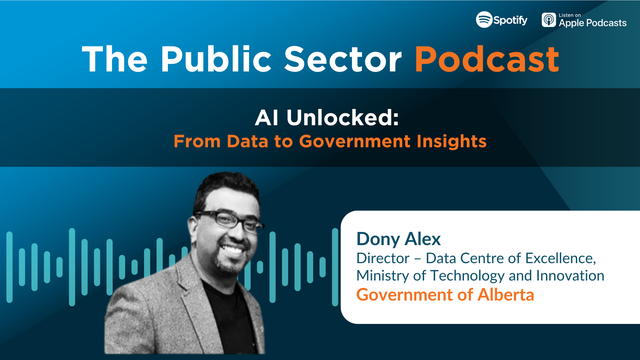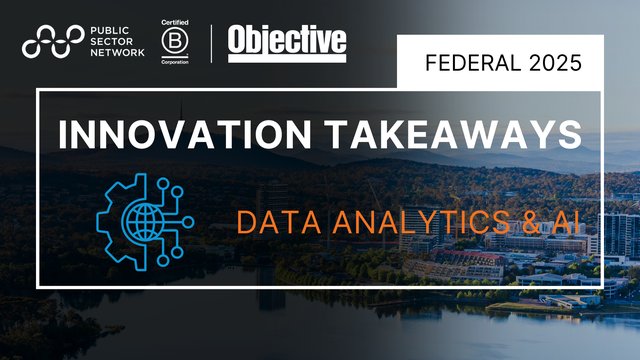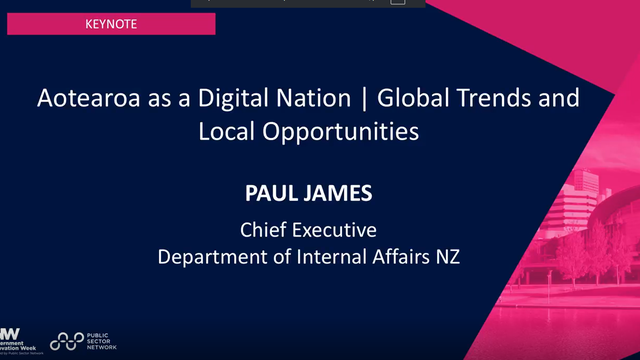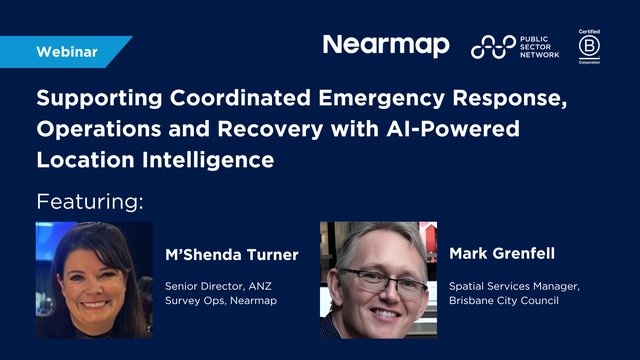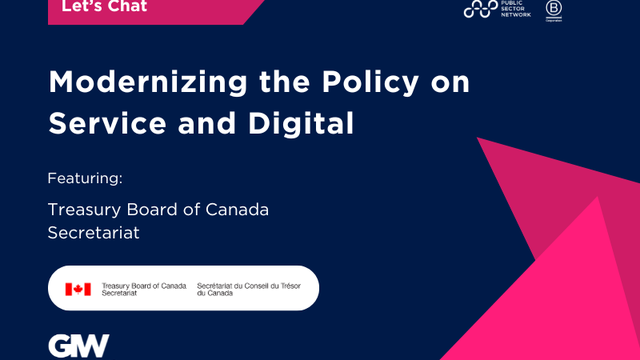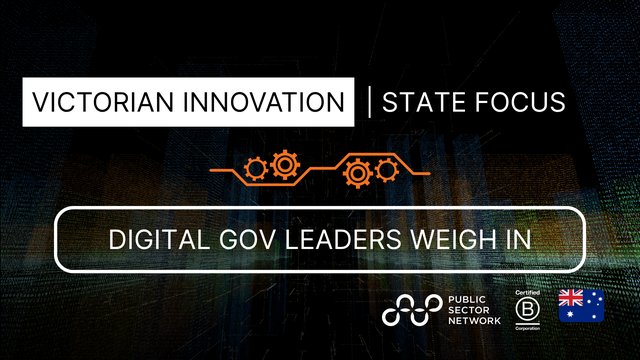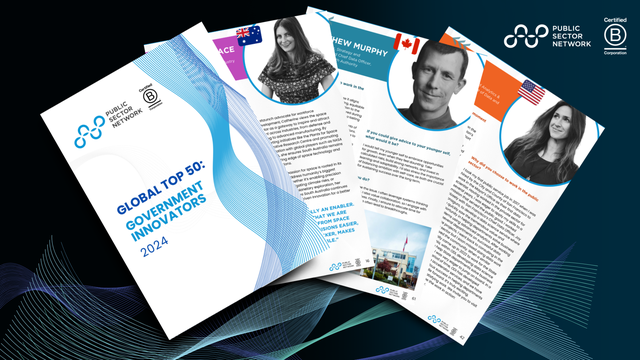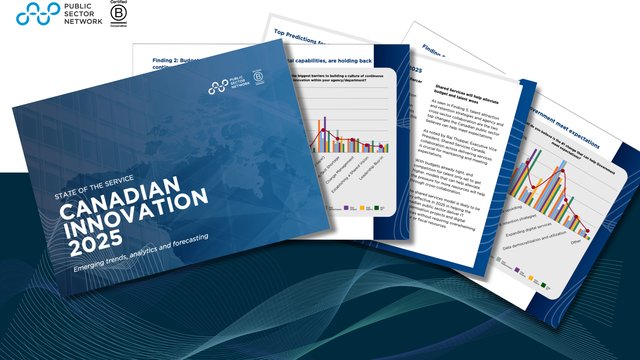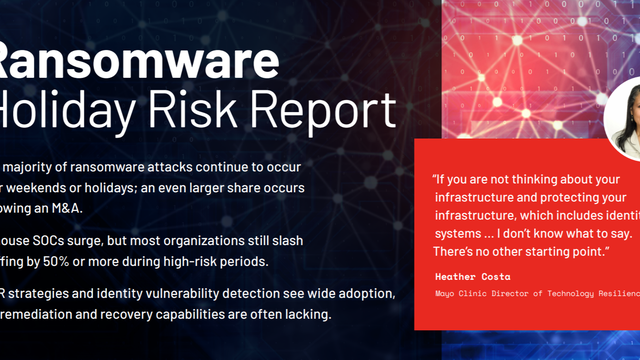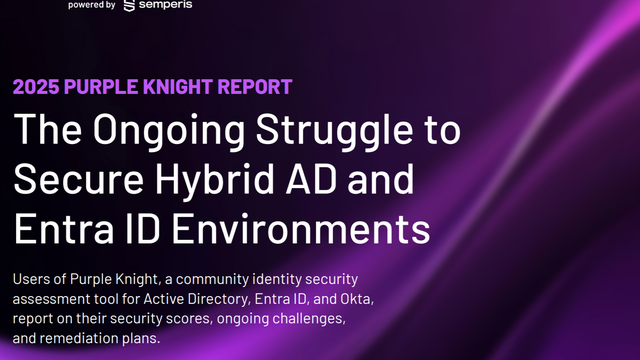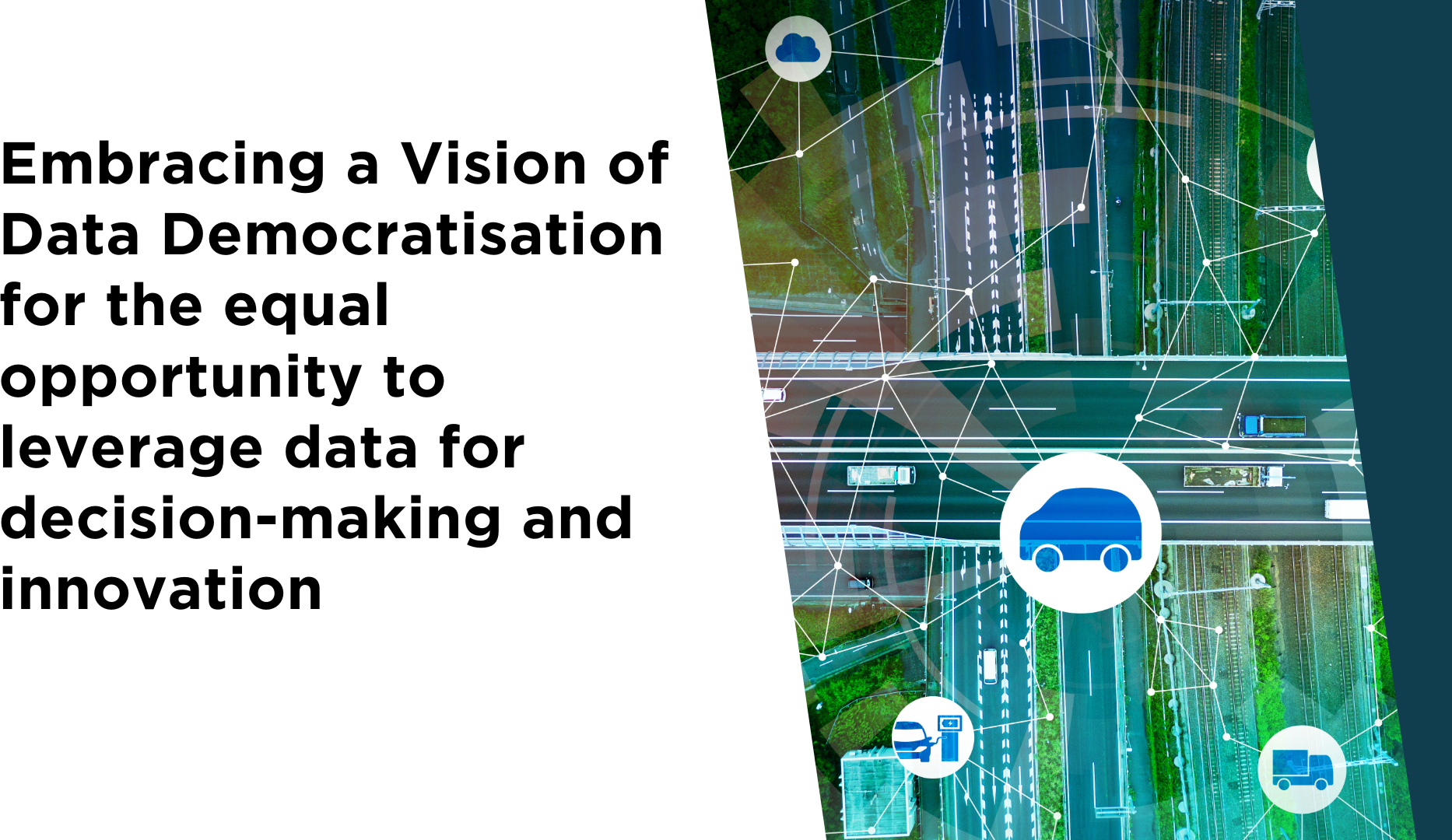
With Syed Ahmed, Executive Director Data & Analytics, Department of Transport Victoria
Quick Facts about the State of Victoria
Victoria, Australia's second-most populous state, is home to approximately 6.7 million residents. With Melbourne as its capital, Victoria is known for its extensive public transport system, including a combination of trains, trams, buses, and regional networks. The Victorian Department of Transport and Planning (DOTP) plays a critical role in ensuring this transport system operates efficiently and adapts to the needs of a growing and dynamic population. With urbanisation and new housing developments across the state, there is a pressing need to modernise how transport data is collected, accessed, and used by stakeholders.
The Vision for Data Democratisation at the Victorian Department of Transport
The Victorian Department of Transport is embracing a vision of data democratisation, ensuring data is easily accessible to both internal and external stakeholders. This approach ensures that even non-technical users can leverage data for decision-making and innovation. The primary goal was:
“to make data available to the general public and internal stakeholders without requiring them to navigate complex technical systems.”
- Syed Ahmed, Executive Director Data & Analytics, Department of Transport Victoria
The vision involves enabling stakeholders to access transport data in real time, allowing both public and private entities to make data-driven decisions. For example, data on public transport disruptions can be accessed and utilised by external applications such as Google Maps or Apple Maps, offering users real-time insights about their journeys. Syed illustrated this by highlighting how, despite knowing where Uber cars or food deliveries are in real time, customers do not yet have the same convenience with bus transport. Democratising transport data would empower users to make informed decisions on when to leave for the bus stop or how delays may impact their commute.
Moreover, data accessibility fosters operational efficiency within the department. For instance, internal teams are being challenged to automate manual processes by leveraging the available data and integrating advanced analytics such as machine learning models. These technological advancements help in transforming data into actionable insights, improving both planning and service delivery for Victoria’s transport network.
In addition to real-time data, the vision extends to enhancing transparency and self-service capabilities, using technologies such as Natural Language Processing (NLP) to allow stakeholders to query datasets without requiring deep technical knowledge. For a government agency like the DOTP, this level of accessibility not only drives innovation but also promotes accountability.
Overview of the Public Transport Data Program (PTDP) and Top Three Applications
To bring this vision of data democratisation to life, the Victorian Department of Transport launched the Public Transport Data Program (PTDP). This initiative is focused on establishing an integrated view of the transport network by bringing together multiple data sources and consolidating them into a unified data architecture. The program is structured to ensure data from different transport modes and departments are streamlined into a single source of truth, providing a comprehensive view of Victoria's transport system.
The PTDP, which has been in operation for over a year and a half, addresses several challenges stemming from the organic growth of the department and its merger with other agencies, such as Public Transport Victoria (PTV) and VicRoads. These organisations had their own analytical systems, making it necessary to build a cohesive platform that unites disparate data sources for both planning and operational purposes. Integrating planning data into the transport network is particularly crucial for large-scale projects, such as creating new precincts in areas like Fishermans Bend, ensuring that urban development and transport infrastructure are aligned.
The PTDP encompasses several projects and platforms, but three major initiatives stand out:
- Transport Intelligence Platform (TIP): This platform serves as the department’s centralised, single source of truth for all transport-related data. It aggregates data from multiple sources, including real-time traffic information and asset management data, providing a secure environment where stakeholders can access and analyse relevant datasets. A key feature of TIP is its advanced analytics capability, allowing for sophisticated data queries and visualisations. Users can even create isolated workbenches to test hypotheses or integrate external data without compromising the integrity of the system.
- Map Manager: The Map Manager tool allows for the integration and analysis of spatial data, bringing together multiple map layers from within and outside the organisation. It facilitates better planning by overlaying different datasets, such as traffic conditions and new housing developments, to predict the impact of urban changes on the transport network. For example, by visualising traffic flows around a proposed road closure or new development, planners can make more informed decisions and simulate the effects of these changes on the broader transport ecosystem.
- Transport Victoria Open Data Platform: This open data portal is designed to provide a public-facing interface for accessing transport data. By adhering to international open data standards, such as GTFS (General Transit Feed Specification) and NETEX (Network Exchange) the platform allows external developers to build apps and services that enhance the user experience. Through this platform, public transport users will have access to real-time information on bus locations and disruptions, allowing them to plan their journeys more effectively. This platform is expected to release significant benefits by the end of the year, with further phases planned for regional networks.
Customer Benefits from the Project
The democratisation of data within the Victorian Department of Transport is already producing tangible benefits for both customers and stakeholders. From real-time information to advanced planning capabilities, these initiatives offer a range of improvements.
- Enhanced Customer Experience: One of the most immediate benefits is the real-time visibility of public transport operations. Customers will soon have access to real-time data about bus and train locations, which can be integrated into widely used platforms like Google Maps. This helps users avoid unnecessary waiting times and plan their journeys with more certainty. The ability to see where a bus is located in real-time, much like tracking an Uber, is expected to significantly improve the convenience and reliability of public transport in Victoria.
- Operational Efficiency: Internally, the department is seeing improvements in its operational efficiency thanks to automation and advanced analytics. By leveraging machine learning models and automating previously manual processes, the department can reduce operational bottlenecks and provide more accurate, timely insights to both planners and service operators. The integration of disparate datasets from roads, public transport, and planning into a single platform allows the department to optimise the network more effectively, improving service delivery and reducing disruption.
- Informed Urban Planning: Tools like the Map Manager are not just improving transport planning but also facilitating better urban development decisions. With real-time simulations of traffic and transport impacts, planners can model the effects of new developments or road changes on the transport network, ensuring that future growth is supported by efficient transport infrastructure. This level of integration between urban planning and transport systems ensures that new precincts can be built with minimal disruption and maximum accessibility.
- Transparency and Public Engagement: Transparency is a core pillar of the DOTP’s approach. The open data platform provides the public with access to a wealth of transport-related information, empowering citizens, researchers, and businesses to engage with the data in meaningful ways. The open data platform’s adherence to international standards also ensures that third-party developers can create innovative solutions, driving a more engaged and data-driven ecosystem. This is particularly important for fostering trust between the department and the general public, as well as promoting new technological solutions that enhance the overall transport experience.
Next Steps: Expanding access
The Victorian Department of Transport is poised for the next phase of its digital transformation, focusing on further enhancing data accessibility and integrating new technological advancements. A key priority is expanding the reach of real-time transport data, not only within metropolitan areas but across regional networks. This will enable passengers to access live updates on bus and train schedules through platforms like Google Maps and Apple Maps, improving service transparency and customer experience.
Further investment in machine learning and artificial intelligence capabilities is expected to play a pivotal role in automating operational tasks, enhancing predictive maintenance, and optimizing transport routes. Additionally, leveraging natural language processing (NLP) technologies will simplify data interaction for non-technical users, allowing public and departmental stakeholders to ask questions and generate insights effortlessly.
The Department also plans to expand its open data initiative, ensuring that more datasets—compliant with international standards—are available for public and private-sector use. This will fuel innovation and create opportunities for third-party developers to build on the department’s transport ecosystem. As it strengthens data governance and operational efficiencies, the department will ensure the seamless integration of planning and transport functions, driving long-term, sustainable growth across Victoria’s transport infrastructure.



